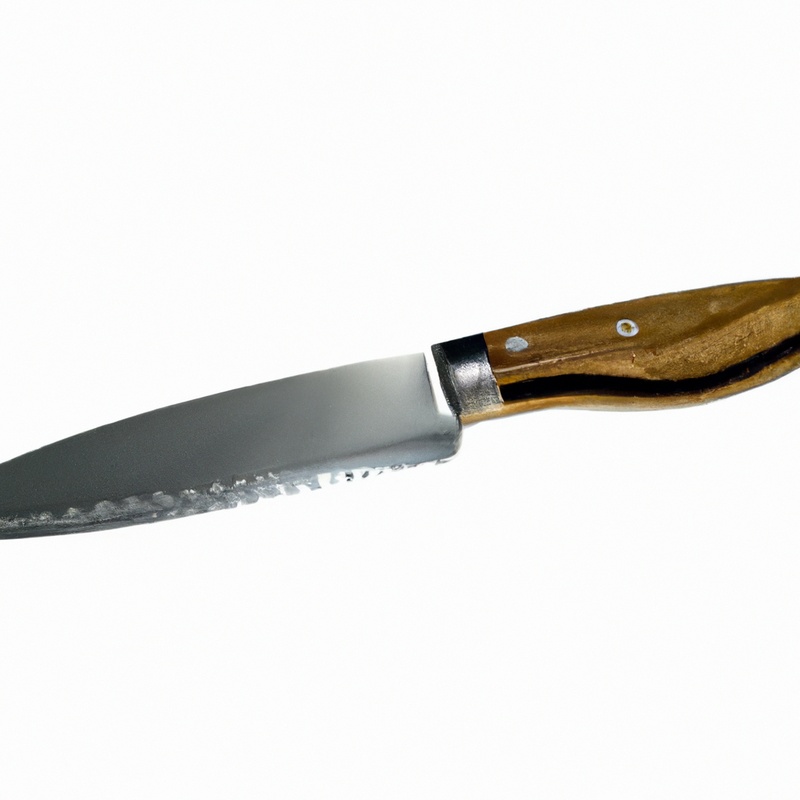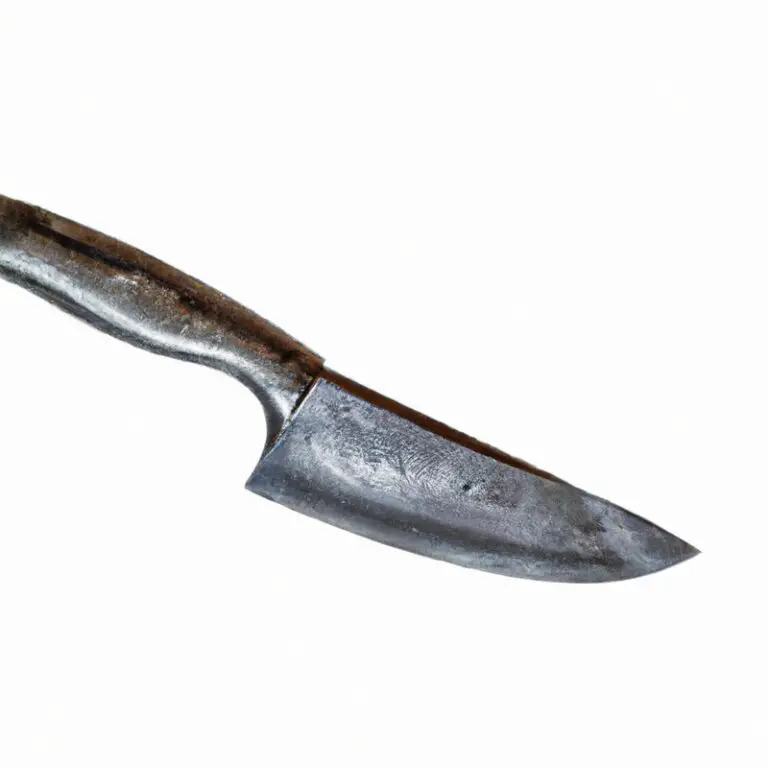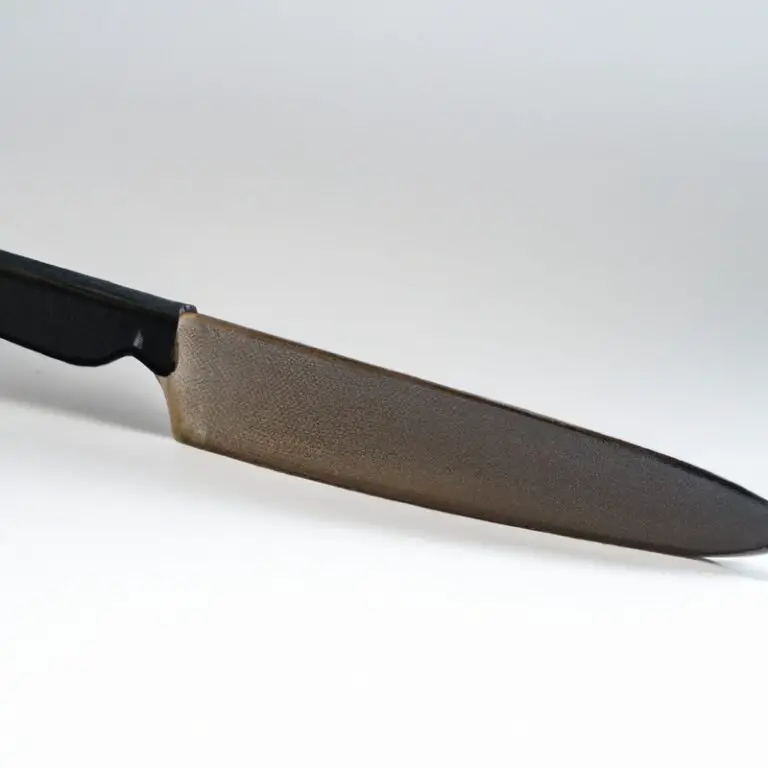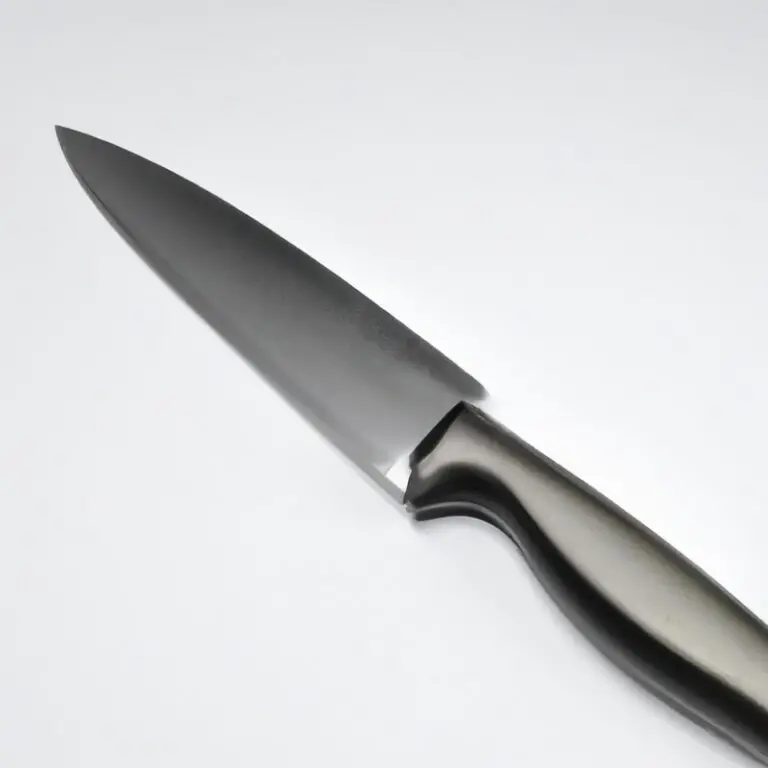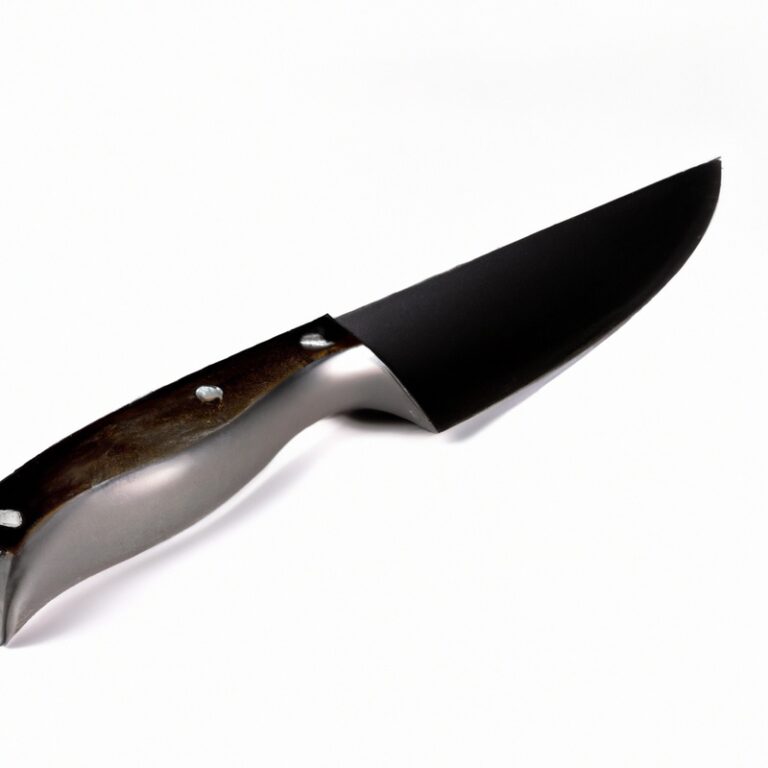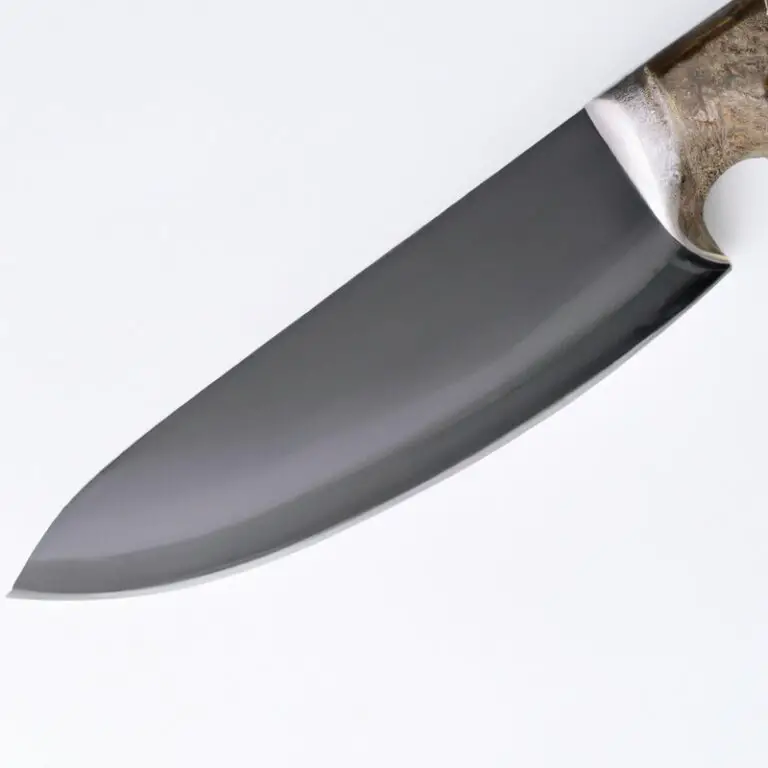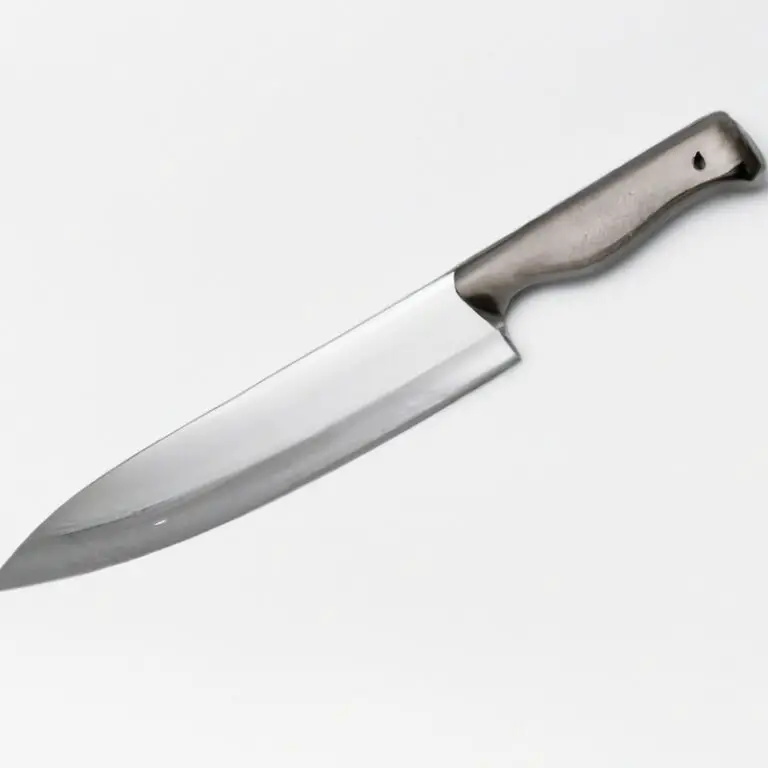How To Fillet a Lingcod Using a Fillet Knife? Get Ready To Impress Your Friends With Your Filleting Skills!
Key Takeaways:
- Proper technique and a sharp fillet knife are essential for filleting a lingcod with ease and precision.
- Starting from the tail and following the backbone, carefully remove the fillet from the fish and repeat on the other side.
- Always prioritize safety when handling a fillet knife, keeping your fingers away from the blade and using a cutting board or other stable surface.
- With practice and attention to detail, even novice fishermen can successfully fillet a lingcod for cooking or preserving.
Are you tired of struggling to fillet your lingcod? Well, worry no more! In this article, I will share with you the steps to fillet a lingcod using a fillet knife.
From selecting the right knife to properly storing the fillets, this guide will cover all the essential steps to help you optimize your filleting technique.
Whether you’re a seasoned chef or a beginner, these tips and tricks will make the filleting process easier and much more efficient. So, let’s get started!
| Step | Description |
|---|---|
| 1 | Place the lingcod on a stable surface with its belly facing you. |
| 2 | Insert the tip of the fillet knife behind the gills and make an incision along the top of the fish’s head, following the length of its body. |
| 3 | Flip the fish over and repeat the incision on the other side of its head, connecting to the first one. |
| 4 | Using the fillet knife, make an incision along the spine of the fish, from the top incision to the tail. |
| 5 | Turn the blade of the fillet knife and carefully separate the flesh from the bones by sliding the knife between them, following the ribcage. |
| 6 | Run the fillet knife along the skin and separate the fillet from the body of the fish. |
| 7 | Repeat the process on the other side of the fish. |
Selecting the right fillet knife
Selecting the right fillet knife is crucial in achieving a clean, efficient, and safe filleting process. A good fillet knife should have a flexible blade, allowing for easier maneuvering around bones and joints.
The blade should also be sharp and thin, enabling it to slice through the fish’s flesh cleanly without tearing it apart.
Handles should provide a firm and comfortable grip, ensuring maximum control and minimizing the risk of slippage or injury. When choosing a fillet knife, consider the type of fish you’ll be filleting, as well as your skill level and preference.
Larger, heavier fish may require longer blades, while smaller ones may need a shorter one.
Experienced filleters may opt for single-bevel blades for precise cuts, while double-bevel ones may be more suitable for beginners. Ceramic blades provide superior sharpness and durability but may be expensive and brittle.
Stainless steel blades are a more affordable option but may require frequent sharpening.
Investing in a high-quality fillet knife and maintaining it properly is a worthwhile investment for any fishing enthusiast.
Preparing the lingcod for filleting
Before you start filleting a lingcod, you need to ensure that the fish is clean and ready for processing. Begin with washing the fish thoroughly under running water to remove any residual dirt and grime.
Then use a sharp knife to remove the head, tail, and fins.
Next, lay the fish on its side and make a 1-inch deep cut behind the gills, perpendicular to the backbone. Then, make a long cut along the fish’s spine, from the head to the tail, stopping when you reach the rib bones.
Slowly cut the fillet off the fish by keeping the blade flat and following the contour of the bones.
Once off, flip the fish, and repeat the process on the other side. With both fillets separated, remove the rib bones and trim any excess fat or skin before moving on to the next step.
Your lingcod is now ready for filleting and cooking.
Starting the fillet with a cross cut
To start filleting a lingcod, make a cross cut behind the gills and down to the spine. This cut should go through the skin and about half an inch deep into the flesh.
Then, make another cut from the first one down the spine towards the tail, again about half an inch deep into the flesh.
These cuts will create a flap of meat that can be pulled away from the bones to start the removal of the fillet. Use the tip of the fillet knife to follow the bones and cut the meat away from the spine, working from head to tail.
Take your time and use a smooth, steady motion to keep the fillet intact.
Once the first fillet is removed, repeat the process on the other side to remove the second fillet. Starting the fillet with a cross cut is an essential step in the filleting process, as it creates a clean and precise entry point to begin removing the fillet from the bones.
By following this technique, you can achieve a well-prepared fillet that is ready for cooking or freezing.
Removing the top fillet
Removing the top fillet is the next step after making the cross cut in the previous step. Use the fillet knife to make a cut behind the gills down towards the backbone until you hit the ribcage.
Then use the knife to separate the flesh from the ribcage by sliding it gently down along the bones.
Gradually work your way down to the tail while guiding the knife along the backbone with your free hand until the fillet is completely separated from the fish. Repeat these steps on the other side of the lingcod to remove the second fillet.
Be careful not to cut through any bones or waste any flesh as you remove the fillet.
With this step completed, you are now ready to move on to the next step of removing the bottom fillet.
Removing the bottom fillet
To remove the bottom fillet of a lingcod, start by placing the fish on its side with the head facing away from you. Make a cut behind the gills and down towards the backbone with your fillet knife.
Then, turn the knife parallel to the fish’s spine and insert it into the cut you just made.
Glide the blade along the backbone and towards the tail, applying gentle pressure. Use your other hand to pull the fillet away from the fish’s body as you cut.
Once you reach the tail, use a downward cutting motion to separate the fillet from the tail.
Repeat the process on the other side of the fish to remove the second fillet. Always make sure to remove any remaining scales, bones, or skin from the fillets before cooking.
Trimming the fillets for optimal presentation
Trimming the fillets is an essential step to achieve optimal presentation and perfect fillets. To start, use a sharp fillet knife and cut away any remaining rib bones.
Next, remove the pin bones with tweezers.
Trim any excess fat or red flesh from the fillet, as this will improve the texture and appearance of the final product. To demonstrate a professional touch, taper the edges of the fillet with your knife.
This will create a more refined and elegant look while improving the texture in the process.
Finally, ensure that both fillets are symmetrical and consistent in thickness for even cooking. In summary, trimming the fillets is a crucial step in the filleting process, as it can make a world of difference in the presentation and texture of the final product.
By following these tips and tricks, you can elevate your filleting skills and impress anyone with your perfectly trimmed lingcod fillets!
Removing the skin from the fillets
To remove the skin from the fillets, grip the tail end of the fillet with one hand and insert the tip of the fillet knife between the skin and the flesh, angling the blade slightly towards the skin. Use a sawing motion to separate the skin from the flesh while pulling the skin away with the other hand.
Work slowly and carefully to remove as much skin as possible without losing too much flesh.
For a cleaner finish, cut off any remaining skin or dark flesh with the fillet knife.
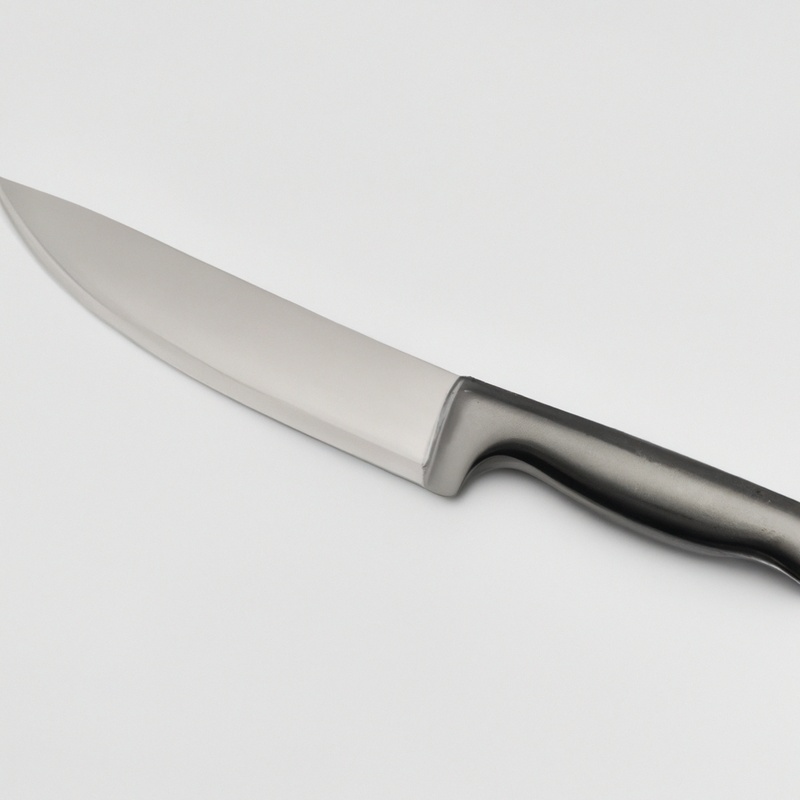
Checking for any remaining bones
After removing the skin from the fillets, it’s essential to check for any remaining bones before consuming or cooking the fish. Lingcod has a complex bone structure, making it challenging to remove all the bones entirely during filleting.
Therefore, it’s crucial to run your fingers gently over the fillets to feel for any remaining bones, especially along the center bone area.
Tweezers or pliers can come in handy to extract any small bones that you encounter. It’s essential to be thorough in your check, as even small bones left behind can affect the taste and texture of the dish and can pose a choking hazard.
Alternatively, you can hold the fillet against the light to detect any remaining bones.
This process illuminates the small pin bones that might have been missed during the initial check. Checking for remaining bones ensures that you enjoy a delicious and safe meal.
So take the time to check for any bones, and you’ll have a perfect fillet ready to cook or serve.
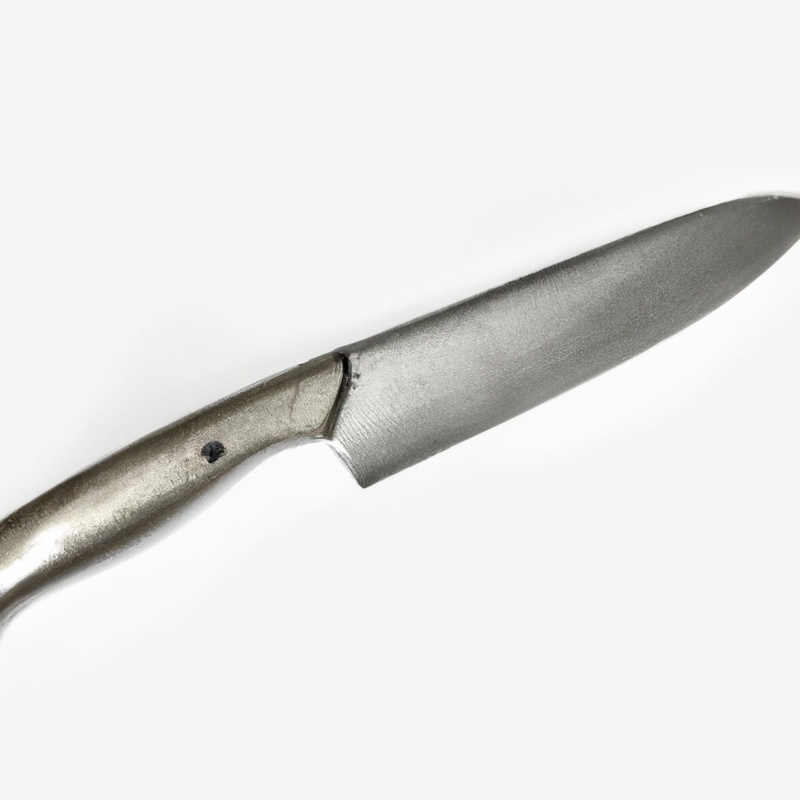
Properly storing the fillets for later use
Properly storing the fillets is crucial to preserve their quality and freshness for later use. After filleting, rinse the fillets thoroughly under running cold water to remove any remaining scales or debris.
Pat them dry with a paper towel or a clean cloth to remove excess water.
Next, place the fillets in an airtight plastic bag, or wrap them tightly in plastic wrap. Squeeze out as much air as possible before sealing the bag or wrap to prevent freezer burn and maintain their flavor.
Label the bags or wraps with the date and type of fish to keep track of when it was filleted and what it contains.
Place the labeled bags or wraps in the coldest part of the freezer. When you’re ready to use the fillets, thaw them in the refrigerator overnight or under cold running water.
Avoid thawing them at room temperature or under warm water to prevent bacterial growth and spoilage.
By properly storing your lingcod fillets, you can ensure their freshness and quality for up to three months or longer in the freezer.
Cleaning and caring for your fillet knife
To keep your fillet knife in top condition, it is important to clean and care for it properly after each use. Rinse the blade with warm water and mild soap, then dry it completely with a clean towel.
Never put your knife in the dishwasher as the heat and chemicals can damage the blade.
To protect the blade from corrosion, store it in a dry place and avoid leaving it in water or damp areas. You can also apply a small amount of food-grade mineral oil to the blade, handle, and pivot to prevent rust and maintain the knife’s performance.
Sharpening your fillet knife regularly is essential to ensure that it can make precise cuts.
Use a sharpening stone or honing steel to maintain a sharp edge. You can also take your knife to a professional sharpening service for best results.
By taking proper care of your fillet knife, you can maintain its sharpness and extend its lifespan for years to come.
Final Verdict
Filleting a lingcod can seem intimidating at first, but with the right knowledge and technique, it can become a simple and rewarding task. By selecting a proper fillet knife, making a cross cut to start the fillet, and properly removing and trimming the fillets, you can maximize the yield and presentation of your catch.
Remember to also take care in removing any remaining bones and properly storing the fillets for later use.
With these tips, you can confidently prepare a delicious meal for yourself and your loved ones. Finally, always remember to clean and care for your fillet knife to ensure its longevity and effectiveness.
By following these steps, you can become a master at filleting a lingcod with ease and impress your guests with your culinary skills.

